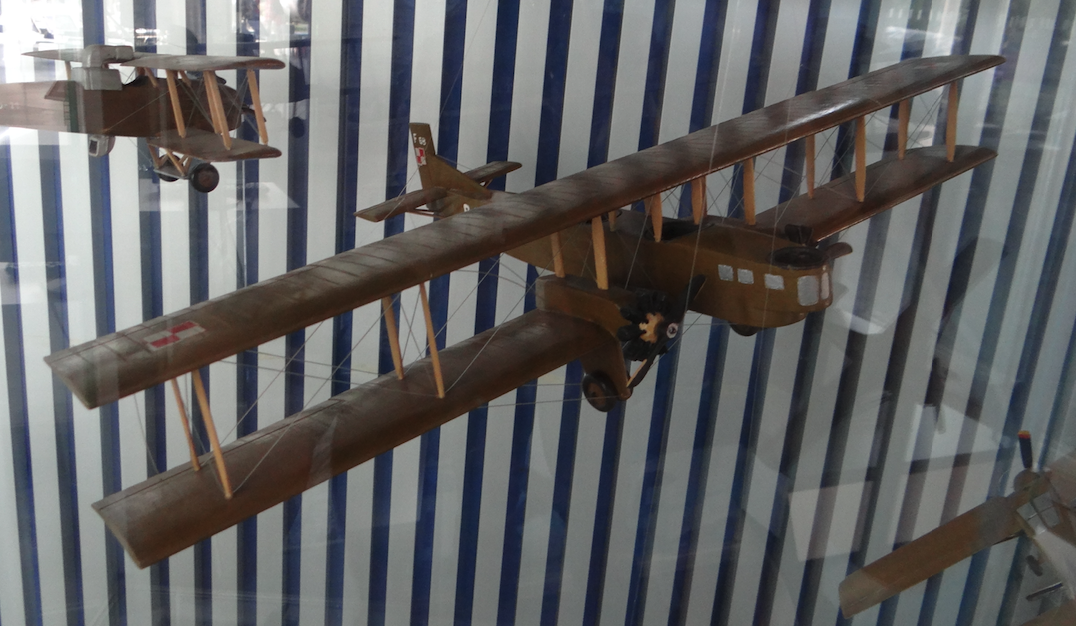Kraków 2013-03-14
An outline history of navigation. Farman F-60 Goliath.
Farman is one of the best aircraft companies of the early period of aviation. It was founded by brothers Richard, Henri and Maurice Farman. Since 1908, the brothers designed and built aircraft and engines for them. In 1936, the company was nationalized. After various transformations by the French authorities, the company was finally liquidated in 1956. The Farman brothers built over 200 types of aircraft between 1908 and 1941.
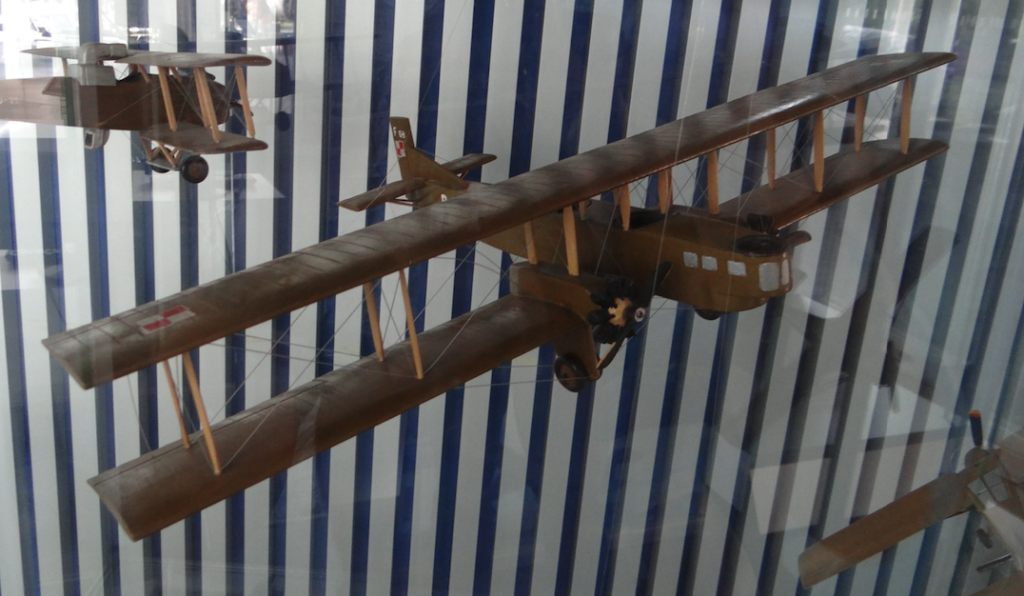
In 1918, the Farman company designed the Farman F-60 Goliath bomber (transport aircraft), which was to be capable of carrying 1,000 kg of bombs, at a distance of at least 1,500 km. The aircraft first flew in January 1919. At that time, it was the largest aircraft in the world. It was built in a conventional layout, as a biplane, twin-engine, of wooden construction. The wings were covered with plywood and fabric. Ailerons were placed on both wings. The fuselage with a rectangular cross-section, in the form of an unprofiled spatial truss, was covered with plywood. Entry to the aircraft was possible through a large door on the starboard side. This design made it possible to take parachutists on board. The classic, wooden tail was covered with fabric. The aircraft’s landing gear was classic, with a tail skid. The main landing gear consisted of two profiled legs with shock absorbers and a pair of wheels on each. Propulsion: two 9-cylinder Gnome-Rhône Jupiter radial engines, with power from 2 x 260 hp to 2 x 320 hp, placed in gondolas mounted between the wings, at a distance from the fuselage. Two-blade wooden propellers. Other types of engines were also used (Renault, Lorraine). Fuel tanks in the engine nacelles, with a capacity of 950 liters each and a spare tank in the fuselage with a capacity of 500 liters. The Farman Goliath was the largest usable aircraft in the world. Wingspan 26.5 m, length 14.33 m, height 4.91 m, wing area 161 square meters. Empty weight 2,500 kg, maximum weight 4,770 kg. Maximum speed 150 km/h, cruising 120 km/h. Ceiling 6,200 m, range 400-500 km.
What is very important, the Farman Goliath was equipped with an AD-8P on-board radio station providing communication within a radius of 300-500 km. This clearly increased the safety of flights. It should be noted here that the radio station became one of the basic navigation devices. Thanks to communications, it was possible to determine the aircraft’s geographical position and make course corrections.
The Great World War ended and the Farman F-60 Goliath aircraft were not used. However, the fuselage design was very simple and could be easily rebuilt. A commercial market was slowly emerging. Initially, in the form of mail transport, and later passenger transport. The fuselage was arranged to carry 12 or 14 passengers. Passengers sat on single or double chairs made of tubes covered with canvas or woven from wicker. Windows were installed in the sides of the fuselage to give passengers the opportunity to admire the extraordinary views. It is worth knowing that the pilot (one) sat in an open cockpit, with only a windbreak in front of him. To be honest, the passengers in the first seats had a better view through the windows to the front than the pilot. About 60 aircraft were built, including 8 in Czechoslovakia.
The Farman factory quickly used the Goliath aircraft for civilian service and began its advertising and advertising flights. The passenger called the plane a carriage, because of its interior. The floor and walls were straight, and the back was in the form of an arch. A flight from France to Great Britain was planned. The British made difficulties, initially prohibiting flights over the territory of the United Kingdom. Nevertheless, after appropriate agreements, the flights took place. On February 8, 1919, the Goliath plane flew with 12 passengers from Toussus-le-Noble to RAF Kenley, near Croydon. The distance was 340 km. The flight went well and lasted 2 hours 30 minutes. The pilot and passengers were well received in England. The return flight with 15 passengers took place on February 9, 1919 and lasted 2 hours 10 minutes. The initiator and pilot of the whole enterprise was Lucien Bossoutrot, who became a pioneer of commercial air transport.
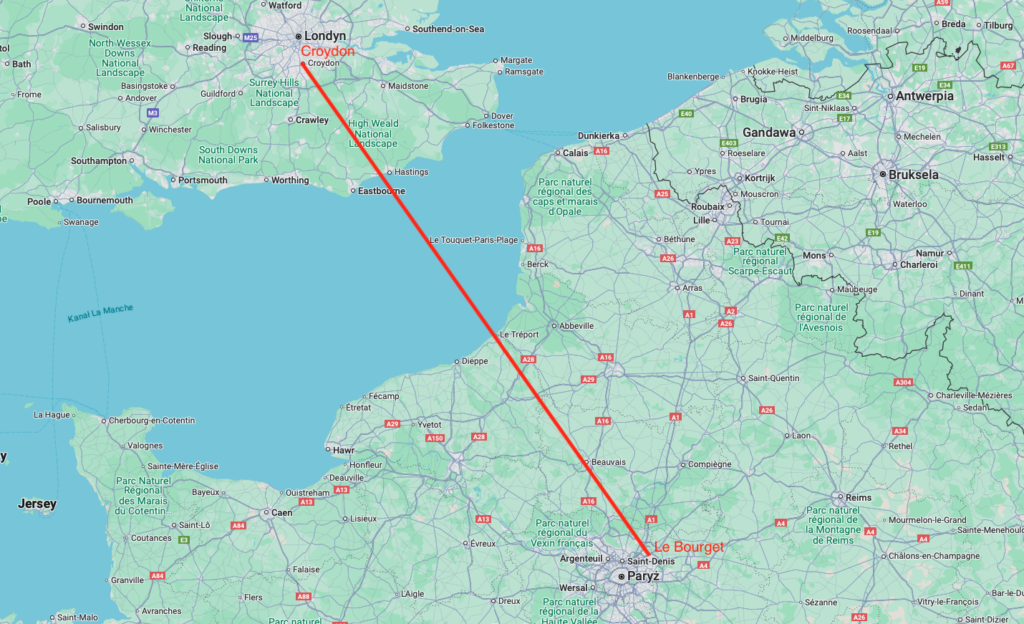
Already on 12 February 1919, the Goliath aircraft with pilot Lucien Bossoutrot took off on a flight from Paris to Brussels. The return flight took place on 13 February 1919. On 22 March 1919, the airline Lignes Aériennes Farman operated the first commercial flight from Paris to Brussels. However, it turned out that due to the lack of legal regulations and something that we would call logistics today, the connections were irregular. Departure dates were also postponed due to bad weather conditions.
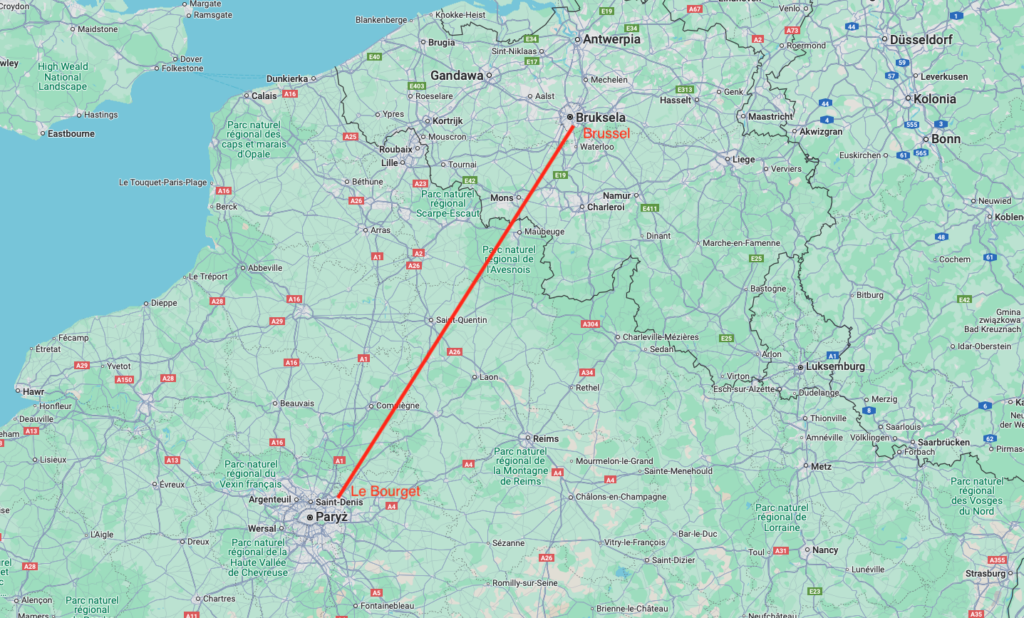
That’s not all. Farman Goliath on April 1, 1919 or April 3, 1919, a plane with 4 passengers, reached an altitude of 6,200 m (20,341 ft). On May 3, 1919, with 14 passengers on board, reached an altitude of 6,100 m (20,341 ft). On May 5, 1919, with 24 passengers on board, reached 4,860 m (15,700 ft). On August 11, 1919, eight Farman Goliath planes, with passengers and luggage on board, flew from Paris to Casablanca, Morocco, and on to Dakar, Senegal. This covered a distance of about 4,600 km (2,800 mi). It was a huge success and the newspapers covered this feat widely.
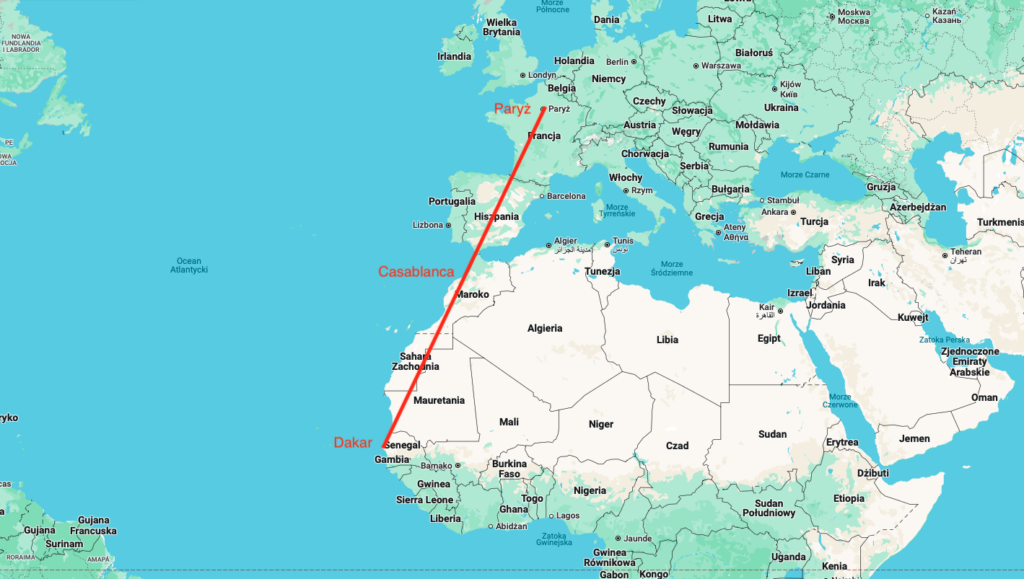
The Farman Goliath aircraft was improved. On June 3, 1920, it set two records simultaneously. Distance flown non-stop, 1,915 km and time spent in the air, 24 hours 15 minutes.
Airlines began to acquire Farman Goliath aircraft. In 1920, the aircraft came into the possession of such carriers as; Compagnie des Grands Overhead Express (CGEA), which began regular flights from Le Bourget Airport (northeast of Paris) to Croydon Airport (south of London). Another company was Société Générale de Transports Aérien (SGTA), which maintained the Paris-Brussels connection with Farman Goliath aircraft from June 1920. In May 1921, the route was extended to Amsterdam. The next company to buy Farman Goliath aircraft was Compagnie des Messageries Aériennes (CMA). The Belgian airline Society National Study of Air Transport (SNETA) opened the Brussels-London route in April 1921. The first domestic airline in France was the Paris-Marseille route, a distance of 660 km, with a stopover in Lyon.
Written by Karol Placha Hetman

